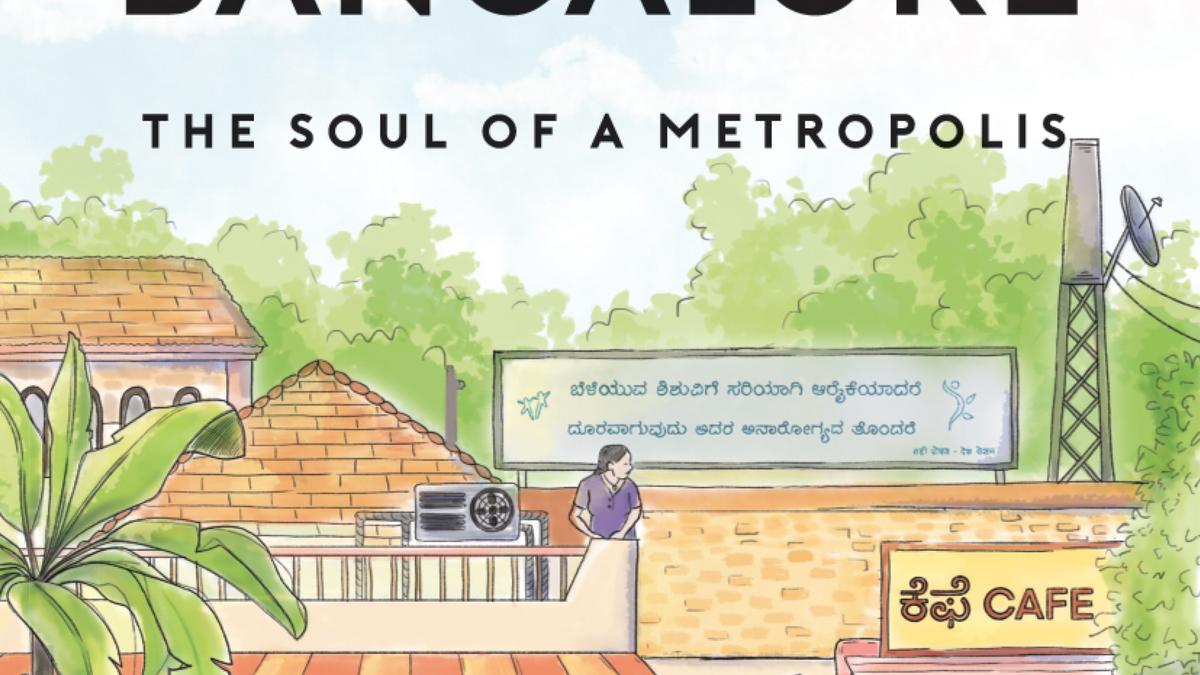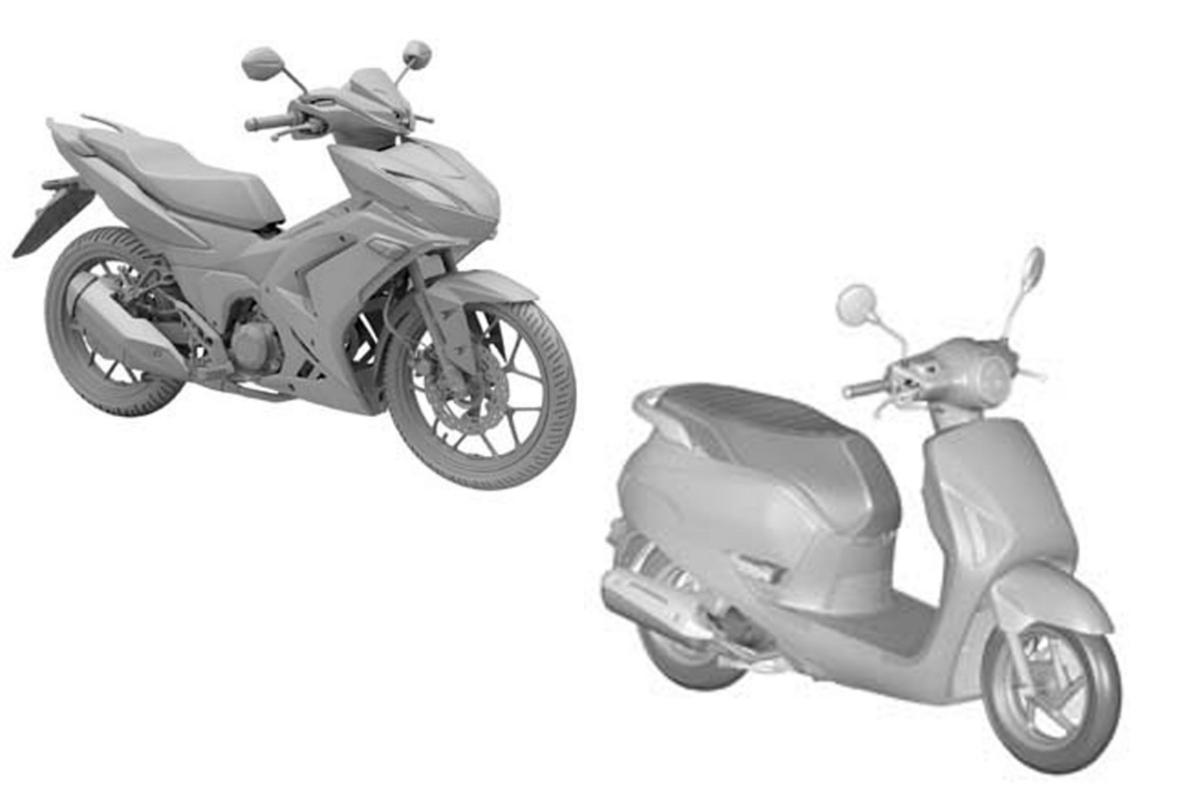In the introduction to her latest book, Namma Bangalore: The Soul of a Metropolis (Rupa Publications India), Shoba Narayan writes about finding a home in the city. “I didn’t always live here,” writes the Bengaluru-based independent journalist and writer, who grew up in Chennai and lived in New York and Singapore before moving to Bengaluru in 2005.
Over the years, however, she seems to have forged a deeply intimate relationship with Bengaluru, especially apparent when she talks about what it smells like. Taking off from the late Palestinian poet Mahmoud Darwish’s evocative tribute to the smells of various cities, she writes, “Bangalore is the smell of red earth and falling rain; of open drains and clogged leaves; of start-ups and swalpa adjust madi,” she writes. The city also holds the scent of sweat and enterprise that seeps through the skin, mingled with spices and cigar smoke “occasionally unpleasant but certainly unmistakable,” she adds in that same introduction.
Narayan’s remarkably generous assessment of the city continues through Namma Bangalore: The Soul of a Metropolis, a book that defies definition. “It is a service-oriented book,” she says of this collection of Bengaluru-centric essays, peppered with personal histories, wry observations, and insider insights, almost like a friend offering you a tour of the place they call home. “I think it is a decent primer on Bangalore,“ says Narayan, who launched the book, her sixth, last month.
Shoba signing her books at Blossom Book Store.
| Photo Credit:
From a column to a book
Narayan began chronicling Bengaluru around three years ago, capturing the facts, facets, and vibe of the city in a column she writes for a national daily. Many of the essays and ideas in this book first emerged in the column, which was then rewritten to suit a book format. “There was an extensive rewriting to see if something eternal could be salvaged from the columns. A column has to be timely, while a book needs to be timeless,” says Narayan, who firmly believes that the city deserves more books about it than it currently has.“
The various essays in the book are then subdivided into multiple sections, each addressing specific aspects of Bengaluru: from an overarching discussion on what the city of about, to a deep dive into the city’s vibrant food and drink culture, its obsession with nature and wildlife, its attitudes towards wealth and even a section focusing on of some of the people who define Bengaluru, including actor Puneeth Rajkumar and writer Kota Shivarama Karanth. “Like many writers, I make sense of a city by writing about it,” says Narayan, who says that the column, and later the book, forced her to engage with the city in a non-superficial way. “It made me curious about things I normally would not have and deepened my relationship with the city.”
The actual process of putting together the book—from ideating to release—took around 9 months, “about as long to give birth”, quips Narayan, who brainstormed extensively with her editor, Dibakar Ghosh of Rupa Publications, to arrive at format and structure of this book. She admits that she is thrilled with the final product and the city’s reception of it. “It is in the second printing already. This book really seems to resonate with Bangalore,” she says.
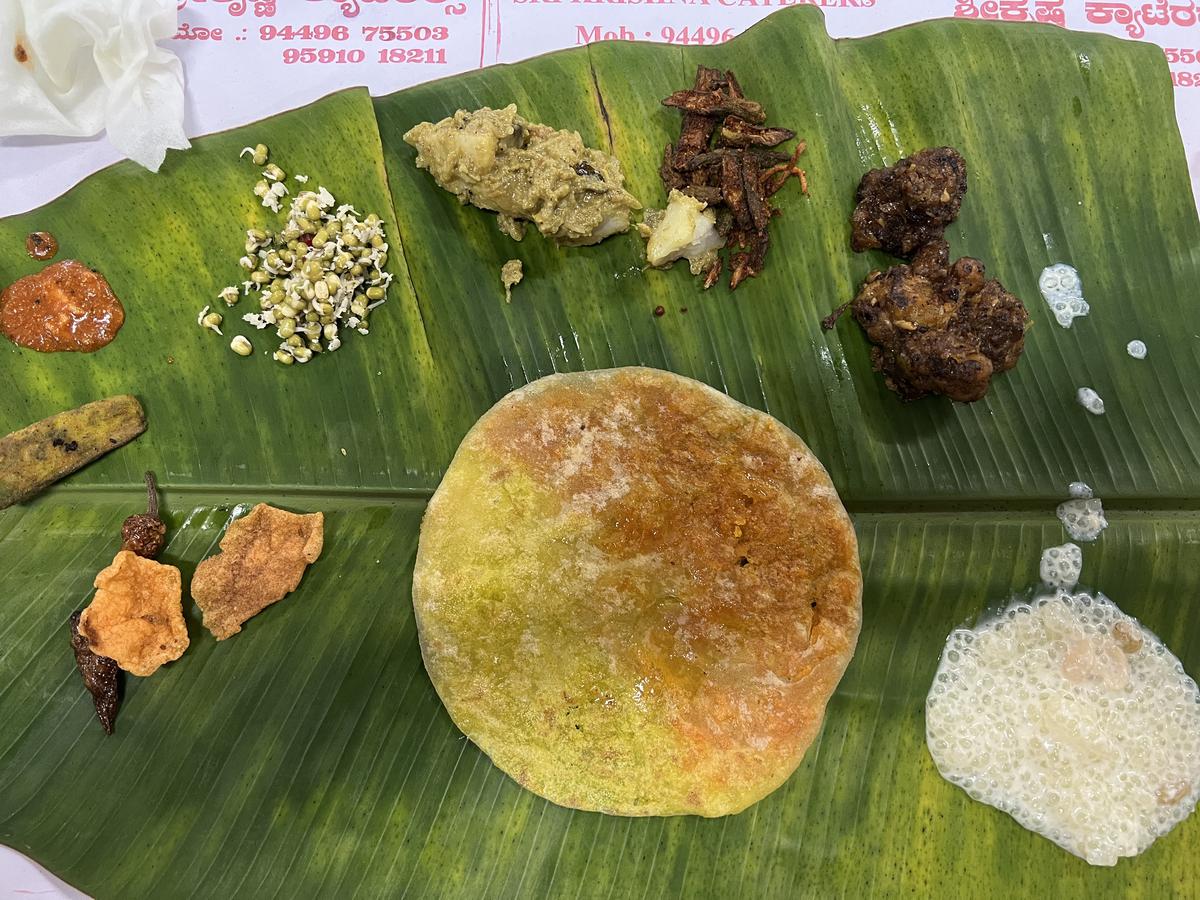
Holiges are popular sweets in a Bengaluru banana leaf feast.
| Photo Credit:
Food and more
So, which was the section that worked especially well for her readers? “Food,” believes Narayan. “It gets a lot of feedback and response so far,” she says of the section that delves into the vibrant eating-out culture in Bengaluru.
In one essay in this section, she even declares the city to be the foodie capital of India, a city “that takes food seriously to the point of forming communities around it and obsession over obscure and mundane recipes,” she writes, adding that the voices of many of Bengaluru’s many foodies echoed in her head when she put together this section.
Idlis, dosas, and their various accouterments, not surprisingly, occupy a significant part of the food section. For instance, there is an essay that offers a spirited comparison of the Kannada and Tamil breakfasts while others discuss the monochromatism of Kannada chutney and the divisive nature of jaggery-sweetened sambar, among other things. Narayan also offers a list of must-visit restaurants in the city across categories (trending restaurants microbreweries, dosa joints, places to get Karnataka food) and touches on foods specific to the state: khara bhaath, girmit, mandakki, nippattu, jolada rotti, kodubale, karindi and more.
“Lists are such a great way to describe a city,” says Narayan, admitting that as a journalist, she always thought it was lazy writing. And yet, they resonate with readers and are an efficient way to capture an idea, she says, pointing out that everyone will remember something on that list. “That was a big takeaway from this book,” she says. “Don’t diss the list.”
Some other discoveries she make over the course of writing the book? “Bangalore cares about nature in ways that surprised me,” she says, pointing out that there are many active nature and wildlife groups in the city. It is also not defensive about outsiders as a city, something obvious from the linguistic diversity one can observe here. She attributes this to Bengaluru’s location at the corner of 3 states and draws a comparison between this city and Delhi. “Delhi’s melting pot came because of invasion, but Bangalore’s came from location,” she says.
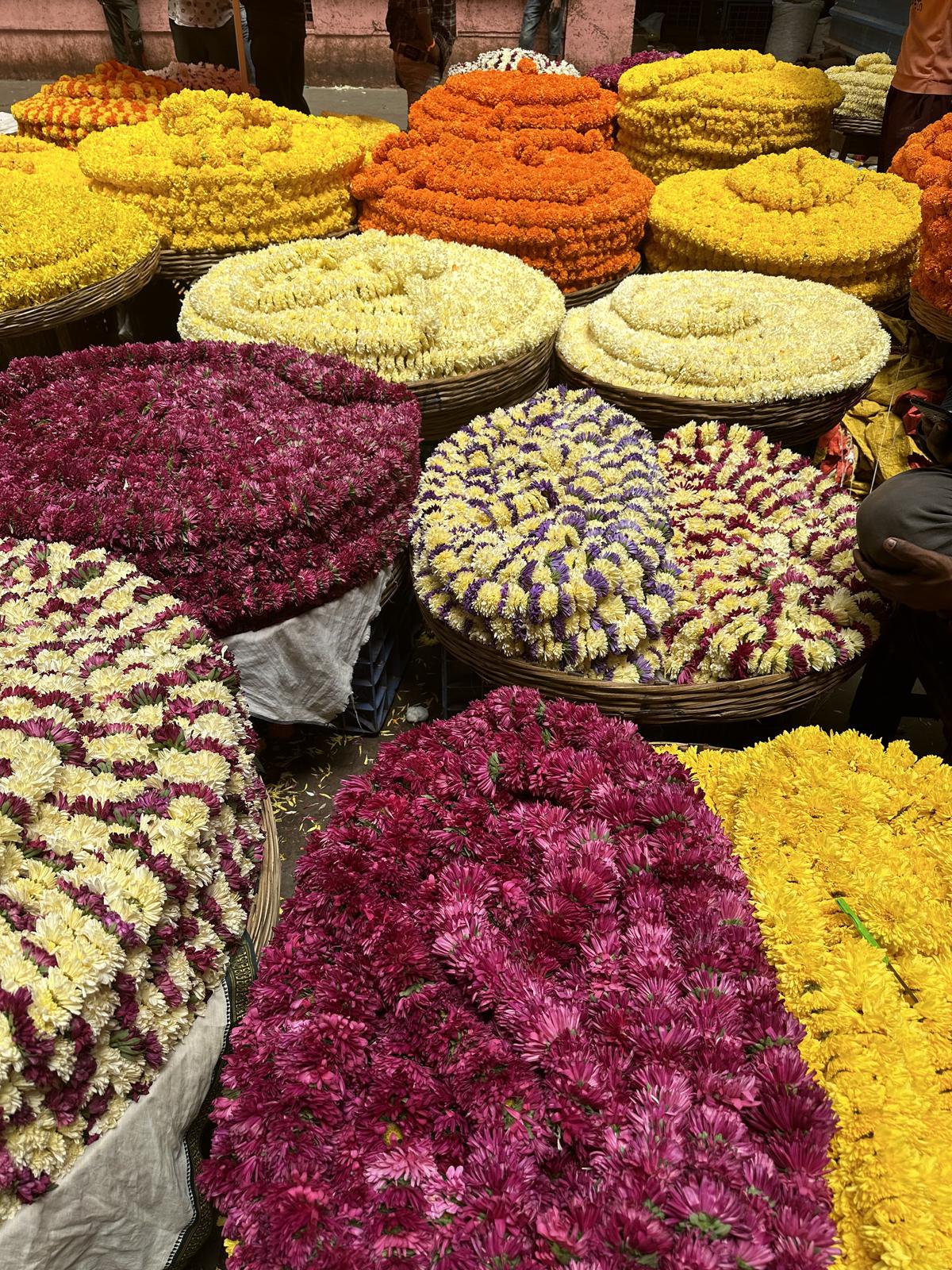
Bengaluru’s KR Market for flowers.
| Photo Credit:
A rosy-eyed view
Narayan laughs as she talks about how one reader responded very strongly to an essay that implied that auto drivers have gentility in Bengaluru. And while— let’s be honest — auto drivers anywhere compare favourably to those in Chennai, it can’t be denied that her assessment of the city is undeniably quixotic. “Two people, long-term Bangalore residents, have told me that I have this rosy-eyedness about Bengaluru..a view about the city that may not necessarily be true,” she says.
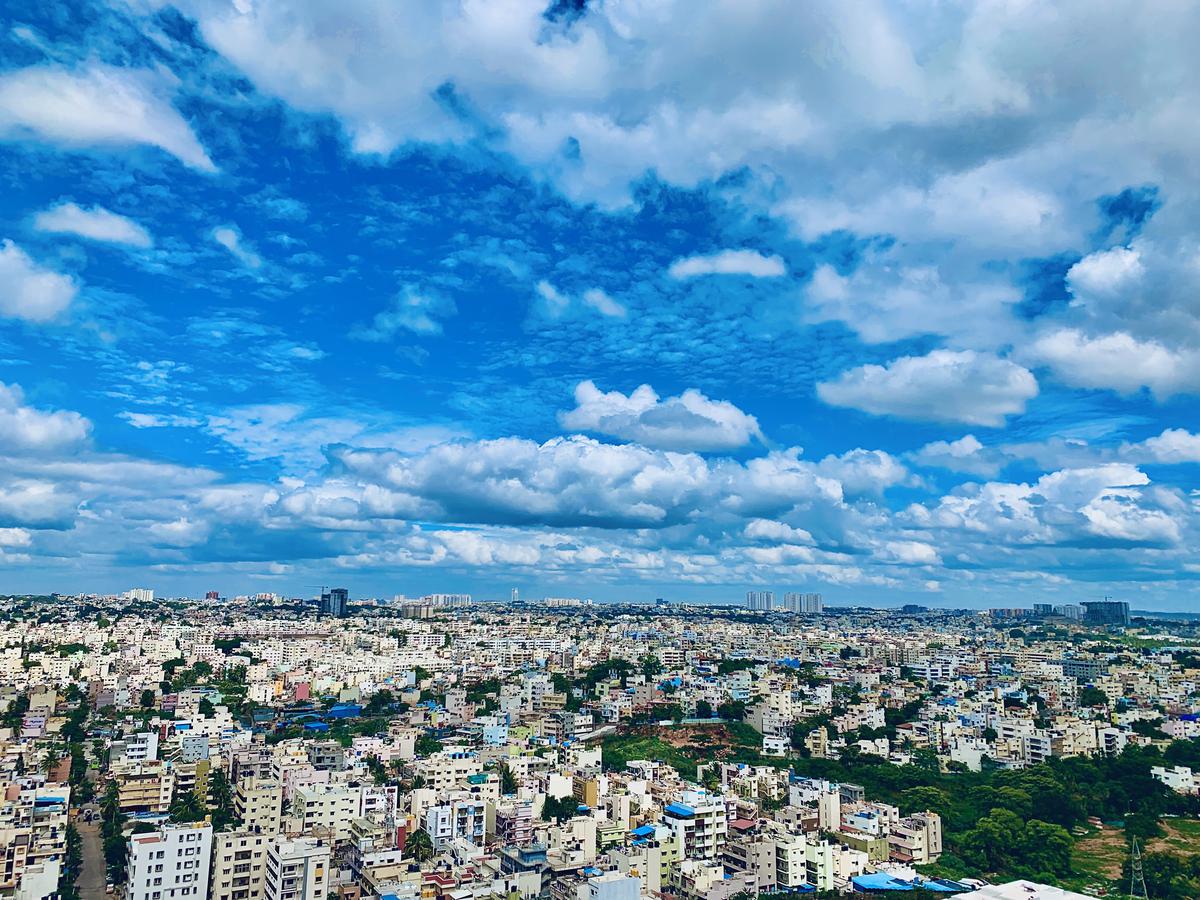
View from a Bangalore high-rise in Banashankari.
| Photo Credit:
She attributes it to partly having an outsider perspective of the city, since she hasn’t grown up in the city. “If you grew up in a city you have an ownership over it, where you don’t like change,” she says. For instance, the changes in Chennai, where she grew up, bother her a lot, she confesses. “I have an outsider perspective that seeps in in ways good and bad,” she says, pointing out that it allows her to see aspects of the city that an insider may miss. “I would never call myself a full Bangalorean,” she says, adding, however, that learning Kannada did open up the city and larger state for her.
On future plans, she says that, while her column continues, she is also trying to focus a little more on fiction. “I hesitate to say it will be my next book,” she says. “But yes, it will be nice if my next book is something more creative.”


